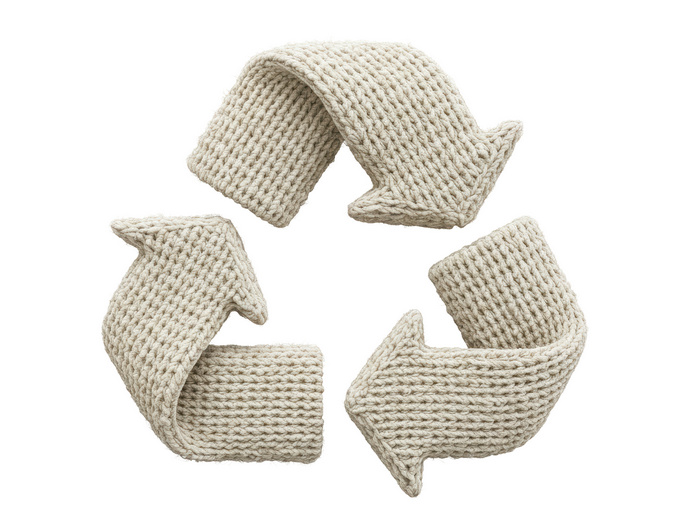Improved metal composite coatings for industrial applications
An entirely different approach to the use of harmful liquid lubricants in metal stamping and deep drawing operations has been introduced by Teer Coatings, the ECOSTAMP project coordinator. With its patented solid self-lubricant coatings for rapid prototyping tools, substantial performance improvements and cost savings can be attained, in addition to environmental and health benefits. The properties of MoS2 coatings deposited by means of closed field unbalanced magnetron sputter ion plating technology have been initially improved by the co-deposition of small amounts of metal. The MoS2/metal composite (MoST TM) coatings combined lower friction and higher wear resistance than traditional hard coatings, while being so well adhered that they can be used for high stress applications. On the other hand, Graphit-iC coatings offer an attractive alternative to traditional diamond like carbon (DLC) coatings for depositing a protection film on dies manufactured using rapid prototyping technology. Dies from easily machined soft materials covered with hard coatings of sufficient rigidity to withstand forming pressures, could further be coated with solid lubricants. This eliminates the need for harmful oils. In an effort to extend the available range of operating characteristics, engineers at the Teer Coatings labs explored the potential of a multilayer approach for composite self-lubricant coatings. Experimental studies focused on the friction coefficient resulting from the addition of carbon graphite to MoST TM coatings and the wear rate when they were combined with titanium boride (TiB2) and hard underlay. Furthermore, glancing Angle X-ray Diffraction was employed to investigate the coating's internal structure and detect any crystalline structure. The ECOSTAMP project's ultimate aim was not to develop new coating materials, but to optimise existing materials through a better understanding of their behaviour when applied to mechanical components. The advantages of thicker composite coatings, when compared to stand alone MoST TM coatings, were demonstrated to include higher operation temperatures and reduced sensitivity to water vapour.







